Strawberry Baron Solemacher
$5.99
Fragaria Vesca
- Seed Count 500
- Also known as Wild Strawberry
- Perennial
In stock
Description
Strawberry Baron Solemacher is an extremely productive, perennial, alpine style strawberry that is a true winner in the garden, providing strawberries for a continual harvest throughout summer.
It’s also an early-fruiting variety – the first strawberries may develop as quickly as 3 months after sowing. It yields dainty clusters of deep red, sweet and juicy berries, which can be up to 25 mm in diameter.
This is an easy landscape plant that stays compact and does not produce runners, making them suitable for rock gardens, path edgings, pots, and window boxes. Choose a position in full sunshine, strawberry plants may also be grown in containers, towers and even hanging baskets.
Popular in their raw state and a joyous addition to pastries – young and old alike will love the sweetness and heady aroma of these strawberries, which fill any room with a beautiful fragrance.
| Method: Raise seedlings | Soil Temp: 15°C - 18°C |
| Cool Mountain: Mar - Apr, Sept - Nov | Position: Full sun |
| Arid: Mar - May | Row Spacing: 15cm apart |
| Temperate: Jun - Aug | Planting Depth: 3mm |
| Sub Tropical: Mar - May | Harvest: 150 days |
| Tropical: Apr - Jun | Plant Height: 15cm |
Climate and Location
Preferred Climate:
- Baron Solemacher strawberries thrive best in temperate and cool climates.
Microclimates:
- Choose a planting site that receives morning sun and some afternoon shade to protect the plants during the hottest part of the day.
- Avoid low-lying areas where frost can settle.
Soil Preparation
- Soil Type: These strawberries prefer loamy, well-draining soil that is rich in organic matter.
- pH Level: Aim for a slightly acidic to neutral pH (5.5 to 7.0). You can test your soil pH with a testing kit.
- Soil Amendments: Before planting, amend your soil with compost, well-aged manure, or worm castings to enhance fertility and soil structure.
Planting Instructions
Ideal Planting Time:
- Plant in early spring after the last frost or in early autumn for best results in Australia.
- See product description for full climate zone guide
Spacing:
- Space plants about 15 cm apart to allow ample air circulation and room to spread.
Depth:
- Plant the seeds t a depth of 3 mm
Planting in Containers:
- Alpine strawberries are well-suited for containers. Use pots with drainage holes and fill them with quality potting mix.
Watering and Irrigation
- Moisture Requirements:
- Keep the soil consistently moist but not waterlogged. Strawberries require regular watering, especially during fruit formation.
- Irrigation Method: Drip irrigation systems are ideal as they provide consistent moisture and reduce the risk of fungal diseases by keeping foliage dry.
Fertilisation
Types of Fertilisers:
- Use organic fertilisers such as a balanced 10-10-10 or a slow-release organic fertilizer high in phosphorus and potassium to promote flowering and fruiting.
Application Schedule:
- Fertilise in early spring as new growth emerges and again after the first harvest to encourage continued fruiting.
Pest and Disease Management
Common Pests:
- Slugs and snails can be a nuisance; use organic repellents or traps.
- Aphids might visit; control them with insecticidal soap or introduce beneficial insects like ladybugs.
Diseases:
- Watch for powdery mildew, especially in humid conditions.
- Good air circulation, proper watering techniques, and avoiding overhead watering can help.
- Rotate crops yearly to prevent soil-borne pathogens.
Harvesting
Harvest Time:
- Fruits typically ripen from late spring to summer, with a potential for continued harvesting throughout the growing season.
Technique:
- Pick strawberries when they are fully coloured; gentle twisting or cutting at the stem prevents damage.
Companion Planting
Herbs:
- Basil: Repels pests like flies and mosquitoes while attracting beneficial insects such as bees.
- Thyme: Can help deter pests like cabbage worms and is an excellent ground cover.
Flowers:
- Marigolds: Known for their pest-repelling properties, especially nematodes and aphids, while attracting pollinators.
- Nasturtiums: Act as a trap crop for aphids, diverting them away from strawberries.
Vegetables:
- Spinach and Lettuce: Grow well alongside strawberries; they can be planted in the spaces between strawberry plants during cooler months.
- Beans: They can help fix nitrogen in the soil, enhancing fertility for the strawberries.
Avoid Planting With:
Brassicas:
- Plants like cabbage, broccoli, and kale can attract common pests such as aphids and caterpillars, which may spread to your strawberries.
Potatoes:
- Potatoes can attract pests like the Colorado potato beetle, which can also affect strawberries. Additionally, both crops share similar diseases, increasing the risk of spreading pathogens.
Onions and Garlic:
- While they have strong pest-repelling qualities, they can inhibit the growth of strawberries.
Carrots:
- Carrots can compete for nutrients and space, making it harder for strawberries to flourish.
Eggplant and Peppers:
- These plants can attract the same pests, like flea beetles, which might negatively affect your strawberry plants
Order Times
Seed orders are normally dispatched within three business days. You will receive an email when seeds are mailed out.
Postage Days
Seeds are mailed out Monday to Friday at 1pm. Except for the Friday of long weekends.
Postage Times
WA 2-3 Days: SA,NT 3-5 Days: NSW, ACT, QLD, VIC: 5-7 Days
Carrier
We use Australia Post Letter Postage for the majority of orders
Not only are our seeds packed in recycled paper envelopes, we keep the theme going when we post out website orders. To protect your seeds from moisture and the letter box munchers (snails), we use a very special plastic free material made from plants. They are then put into recycled mailing envelopes. Green all the way 💚🌿

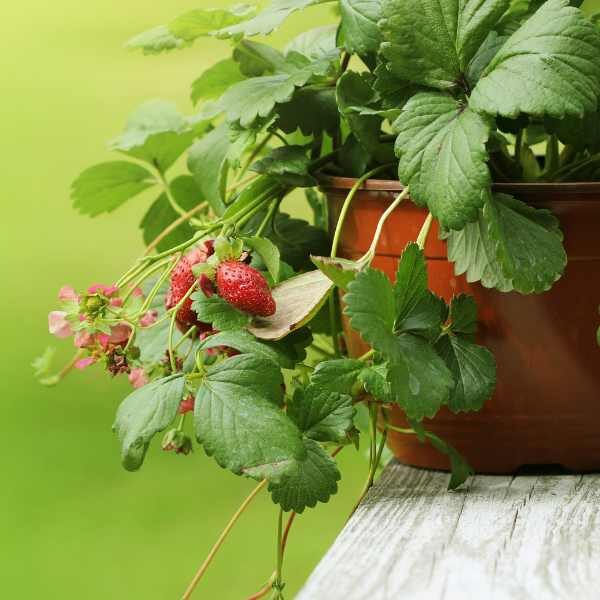



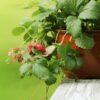
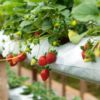
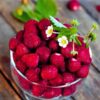
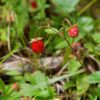


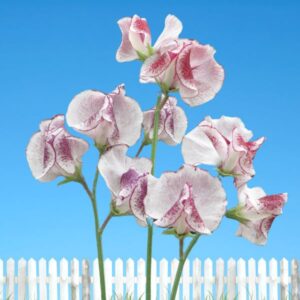
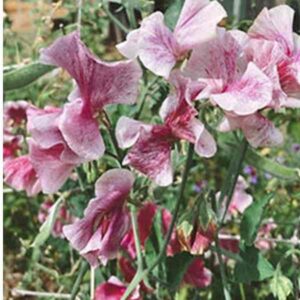
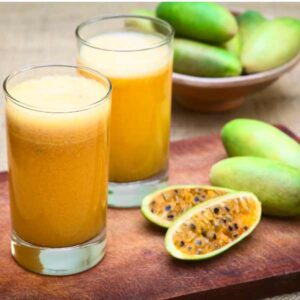
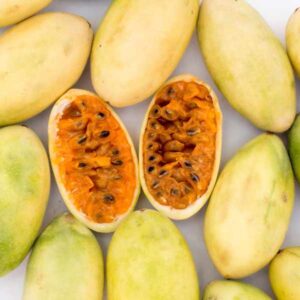
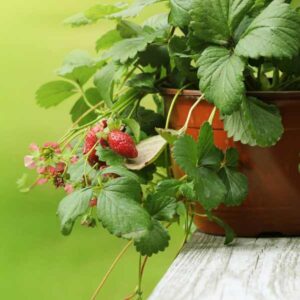
1 review for Strawberry Baron Solemacher